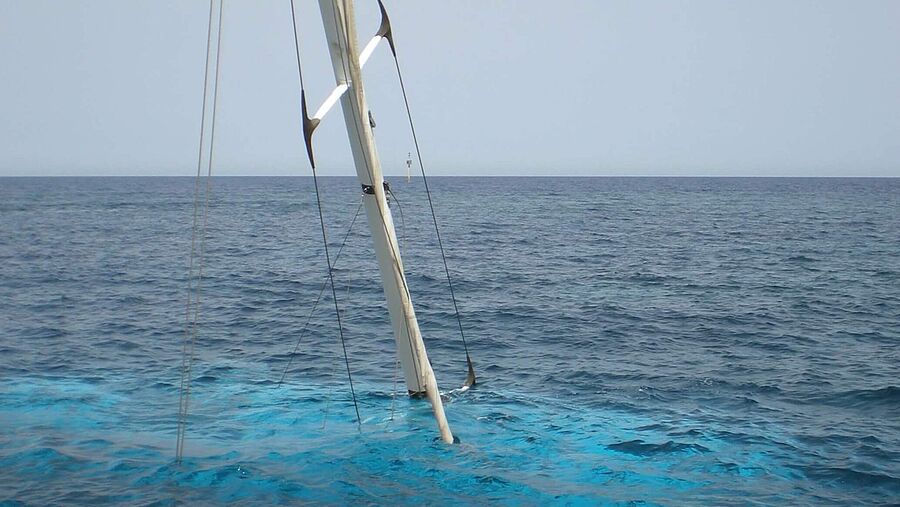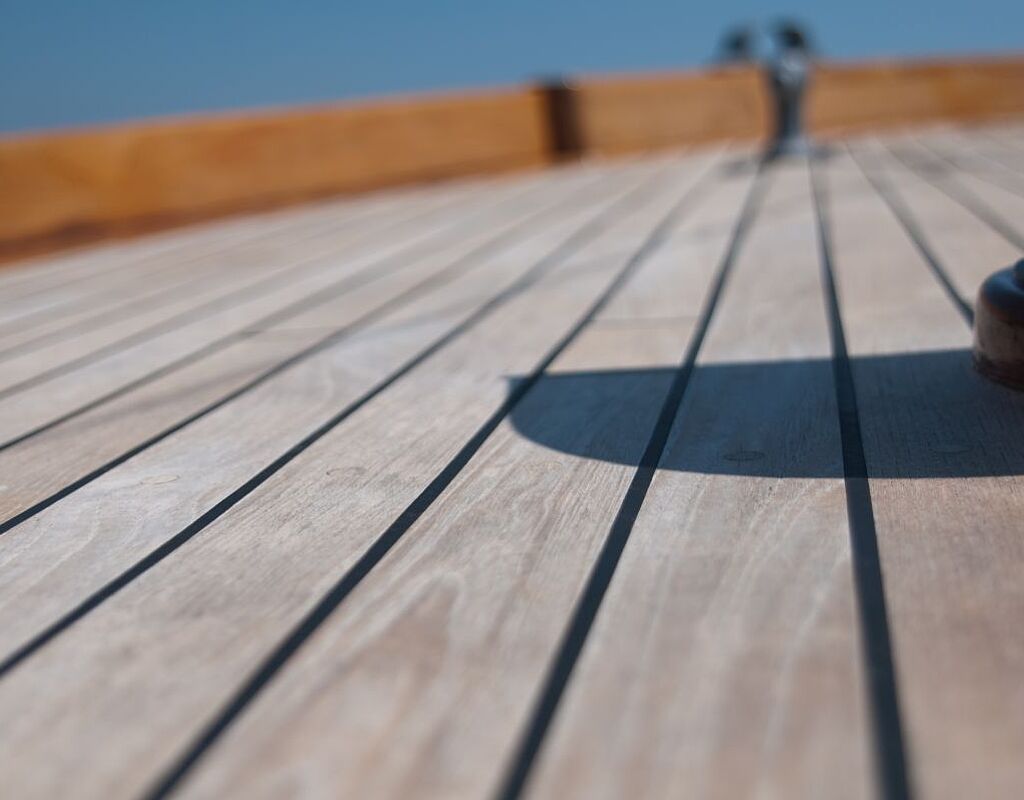Preventing water ingress - prevention is the best cure
It is often the little things that make all the difference. The proper care and regular monitoring of important components not only contributes to maintaining the value of a motor boat or sailing vessel, but also prevents major damage such as water ingress. Here are some tips and tricks on how to prevent damage and especially water ingress.

WATER-BEARING FITTINGS
Water-bearing fittings, such as hoses, and the corresponding clamps and valves, must be checked regularly, as they are often the cause of water ingress. Porous hoses and corroded clamps should be replaced, and the clamps should be tightened from time to time. Every good set of equipment should include sufficient spare materials. Do not forget: the logger and sonar should be repeatedly checked and cleaned, as water can also enter the vessel here. By routinely operating and occasionally cleaning the valves, you can prevent them from becoming stuck and then being difficult or impossible to operate in an emergency. Many owners leave their seawater valves open all the time, even when they leave their boat in the marina. This creates a high level of risk. A lot of accidents in harbours occur as a result of open sea valves. A hose bursts or a clamp breaks, and the vessel slowly but surely fills up with water.

ENGINES AND GENERATORS
Broken exhaust hoses, loose clamps and rusted-through pipes can pump the boat full of water if the engine is running. Regular maintenance helps prevent this: Owners with a sterndrive or saildrive should regularly replace the sealing gaskets, as they are either partially or fully submerged in the water and salt can cause them to quickly become brittle and fragile. The manufacturer's operating instructions regarding the gasket operating life should be taken very seriously. If you are unsure, contact a reliable service company. Preparing for the cold season is especially important, as frost damage often occurs at this time, such as broken lines, which then cause an ingress of water.
BILGE AND BILGE WELL
Modern boats generally only have a very flat bilge and hardly any bilge well. In the event of heeling, the water gets everywhere – including into the navigation corner and the electrical components – and not just those places where the pumps are located. You should therefore make sure that your pumps are equipped with long hoses, so that you can pump out the water wherever it is. A problem that occurs repeatedly with leakages is that bilges are used as a storage space. For example, the bilge is used to store canned food. The labels on the cans come off in the water and will in turn block the bilge pump. In addition, filters that are attached to pumps and pump hoses can often become clogged up with hair and breadcrumbs, so that the pumping capacity can be reduced to zero in a very short time. A daily check and cleaning of the bilge should therefore form part of your routine for keeping the vessel shipshape.
APPROVED BY FINANCIAL AUTHORITY
Pantaenius AB is an insurance intermediator and approved by financial authority. For more information please click here.
